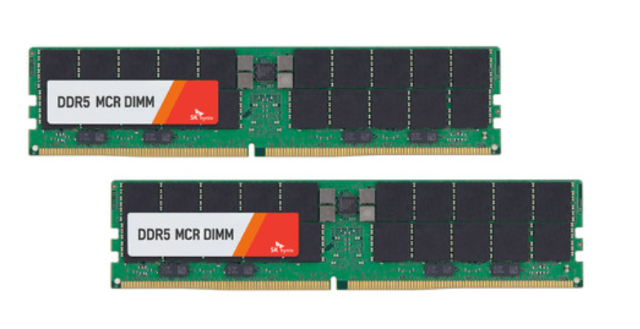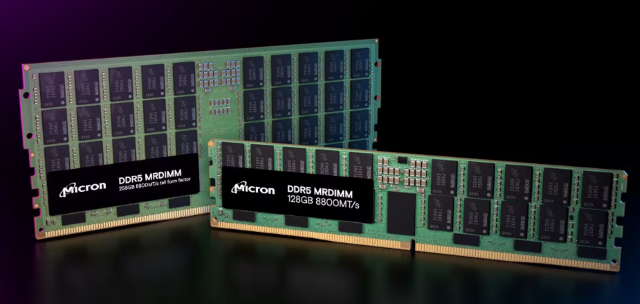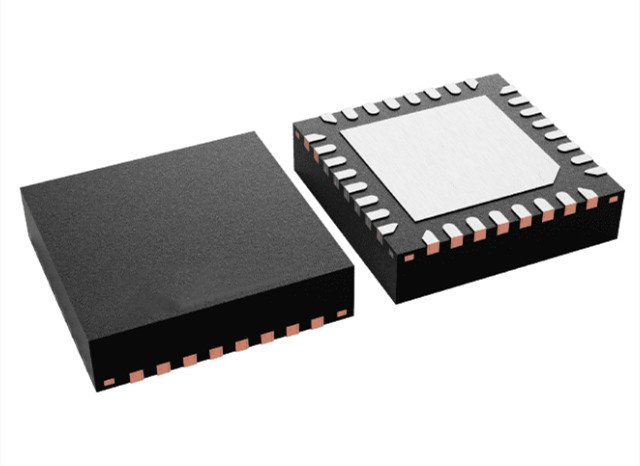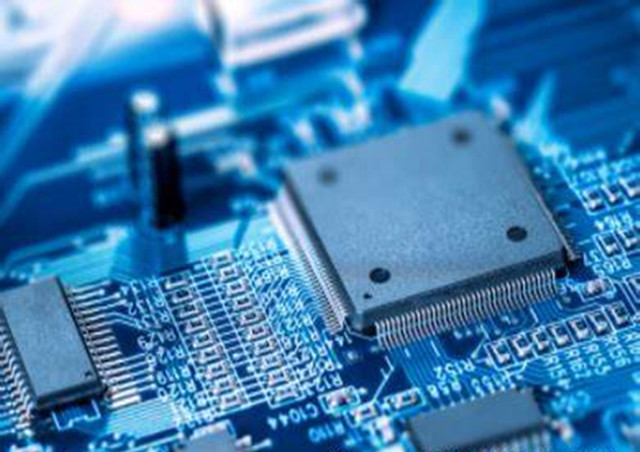Welcome Here Shenzhen Mingjiada Electronics Co., Ltd.

sales@hkmjd.com

sales@hkmjd.com

Service Telephone:86-755-83294757
 Latest Information
Latest Information Home
/Industry Information
/
Home
/Industry Information
/
DDR5 MRDIMM Memory Standard to be Released, Storage Vendor Solutions First
Recently, the JEDEC Solid State Technology Association announced that the DDR5 MRDIMM and LPDDR6 CAMM technology standards will be launched soon. Prior to the official release of the standards, SK Hynix, Samsung, Micron and other vendors have already …
Recently, the JEDEC Solid State Technology Association announced that the DDR5 MRDIMM and LPDDR6 CAMM technology standards will be launched soon. Prior to the official release of the standards, SK Hynix, Samsung, Micron and other vendors have already begun research and development of DDR5 MRDIMM products and released related product solutions.DDR5 MRDIMM will power next-generation high-performance computing, AI applications. JEDEC Solid State Technology Association mentioned that DDR5 Multiplexed Rank Dual Inline Memory Modules (Multiplexed Rank DIMMs), offer an innovative and efficient new module design that improves data transfer rates and overall system performance. Multiplexing allows multiple data signals to be combined and transmitted on a single channel, effectively increasing bandwidth without the need for additional physical connections and providing seamless bandwidth upgrades that enable applications to exceed DDR5 RDIMM data rates. Additionally, JEDEC expects MRDIMM speeds to start at 8,800 MT/s and expand to 17,600 MT/s by the third generation of the technology. Prior to MRDIMM, both AMD and Intel proposed related memory solutions.AMD proposed the HBDIMM solution, Intel proposed MCR-DIMM, and then JEDEC worked with AMD to develop the Later, JEDEC and AMD cooperated to develop HBDIMM into the standard of MRDIMM. Two years ago, SK Hynix successfully developed MCR DIMM in cooperation with Intel and Renesas Electronics, and the minimum data transfer rate of this product is also as high as 8Gbps, which is more than 80% higher than the current DDR5 product of 4.8Gbps.
MCR DIMM is a modular product that combines multiple DRAMs on a single motherboard, capable of running two memory columns simultaneously. A RANK is the basic unit of data transfer from the DRAM module to the CPU. A RANK can typically transfer 64 bytes of data to the CPU. In the MCR DIMM module, two memory columns running simultaneously can transfer 128 bytes of data to the CPU. The increase in the amount of data transferred to the CPU at a time increases the data transfer rate to over 8Gbps, twice that of a single DRAM.

To transfer 128 bytes of data, SK Hynix is running two memory columns at the same time using a data buffer installed on MCR DIMMs based on Intel's MCR technology. The buffer is a component installed on the memory module to optimise the performance of the signal transfer between the DRAM and the CPU. The successful design of this module was made possible by SK Hynix's DRAM module design capabilities, Intel's Xeon processor, and Renesas Electronics' buffer technology. Therefore it is the result of the co-operation between the three manufacturers. The latest news is that SK Hynix will launch 32Gb DDR5 DRAM for servers and MCRDIMM products for high-performance computing in the second half of 2024. In June this year, Samsung announced the development of MRDIMM, which provides more memory and bandwidth without the need to add memory slots on server motherboards. The module doubles the bandwidth of existing DRAM components by combining two DDR5 components to provide data transfer speeds of up to 8.8 Gb/s. MRDIMMs are expected to be actively used in AI applications that require high performance computing (HPC) to process data and perform complex calculations at high speeds. Micron Technology also recently announced that it has sampled MRDIMMs for volume shipment in the second half of 2024. Compared to RDIMMs, MRDIMMs offer up to 39 per cent higher effective memory bandwidth and more than 15 per cent higher bus efficiency (note: both figures are based on empirical data from the Intel Memory Latency Checker (MLC) tool, which compares 128GB MRDIMMs at 8800MT/s to 128GB RDIMMs at 6400MT/s), and up to 40 per cent lower latency (note: both figures are based on empirical data from the Intel Memory Latency Checker (MLC) tool. ), with latency reductions of up to 40 percent (note: this data is based on empirically derived Stream Triad data comparing 128GB MRDIMM 8800MT/s with 128GB RDIMM 6400MT/s). Micron says that subsequent generations of MRDIMMs will continue to offer up to 45 percent higher single-channel memory bandwidth than their RDIMM counterparts.

MRDIMMs support capacities from 32GB to 256GB in both standard and tall form factors (TFF) for high-performance 1U and 2U servers. Thanks to the optimised thermal design of the TFF modules, DRAM temperatures can be reduced by up to 20 degrees Celsius with the same power consumption and airflow. Using 32Gb DRAM chips on 256GB TFF MRDIMMs achieves the same power performance as 128GB TFF MRDIMMs with 16Gb chips. At the maximum data transfer rate, the 256GB TFF MRDIMM delivers a 35% performance improvement over TSV RDIMMs of the same capacity. With 256GB TFF MRDIMMs, data centres can achieve unprecedented total cost of ownership (TCO) advantages over TSV RDIMMs. As the first generation of Micron's MRDIMM family, it is currently only compatible with Intel Xeon 6 processors. With the DDR5 interface and technology, MRDIMMs enable seamless compatibility with existing Intel Xeon 6 processor platforms, giving customers more flexibility and choice, said Matt Langman, vice president and general manager of Intel's Xeon 6 product management for the data centre.
![Renesas [DA14683-00C01A92] SmartBond Series Bluetooth Low Energy 5.0 Single Chip Solution](/upload/202508/20/202508201210514869.jpg)
Time:2025-08-20

Time:2025-08-20

Time:2025-08-20

Time:2025-08-20
Contact Number:86-755-83294757
Enterprise QQ:1668527835/ 2850151598/ 2850151584/ 2850151585
Business Hours:9:00-18:00
E-mail:sales@hkmjd.com
Company Address:Room1239, Guoli building, Zhenzhong Road, Futian District, Shenzhen, Guangdong
CopyRight ©2022 Copyright belongs to Mingjiada Yue ICP Bei No. 05062024-12

Official QR Code
Links: